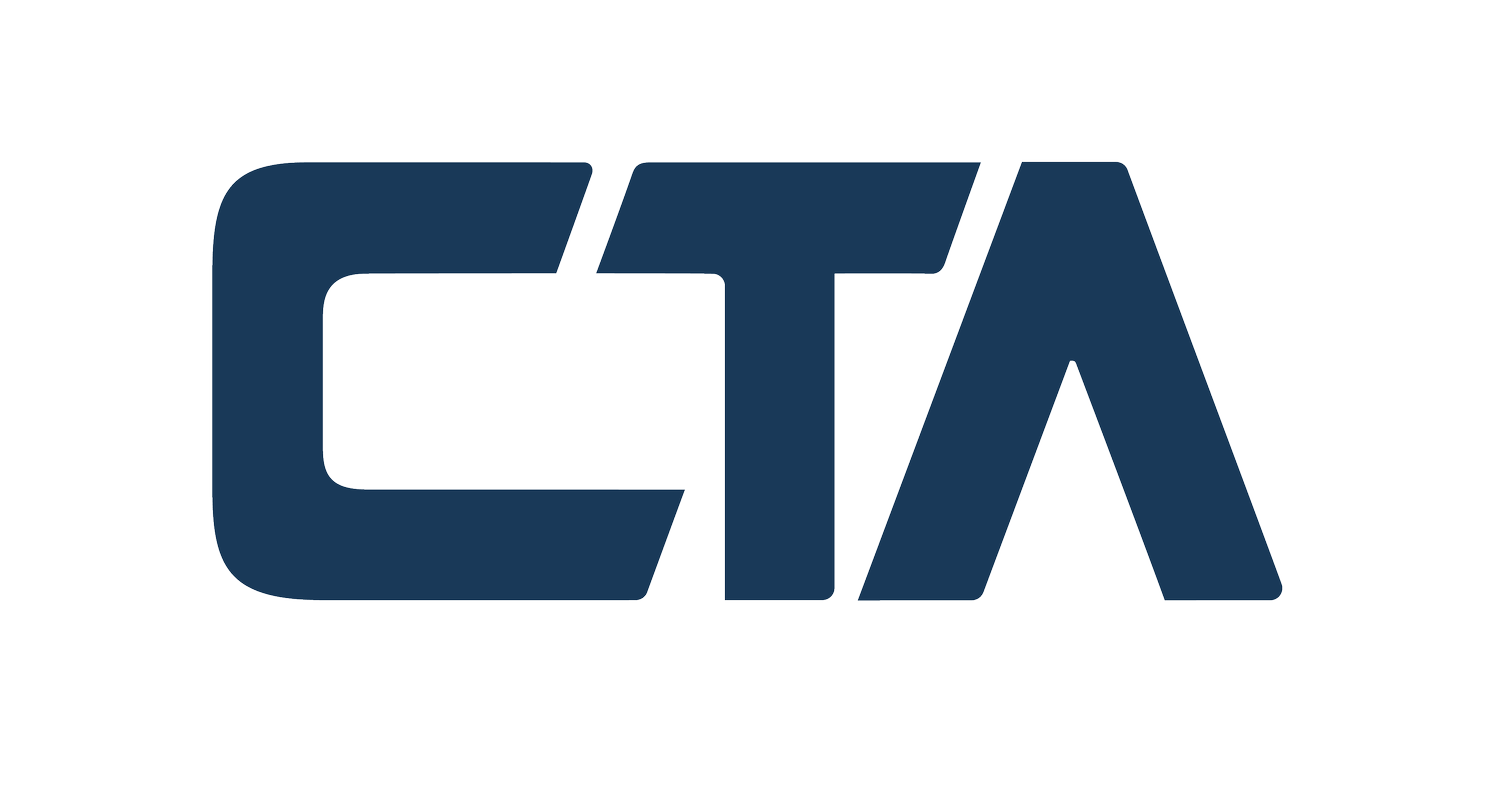Grasping R&D Tax Credit Calculation
Introduction to the Concept and Its Significance
Research and Development (R&D tax credits) are a government-sponsored benefit that provides companies with incentives to invest in innovation within the United States. These credits can significantly reduce a company’s tax liability or, in some cases, provide a refund for amounts spent on research and development activities. The R&D tax credit is designed to encourage businesses of all sizes, across various industries, to push the envelope in technological advancements and to keep the U.S. at the forefront of innovation. Here is our guide to R&D tax credit calculation.
The significance of R&D tax credits lies in their capacity to support businesses financially as they undertake new and uncertain projects that aim to improve products, processes, or software. By offsetting some of the inherent risks of innovation, these credits enable companies to pursue ambitious R&D endeavors that they might otherwise forgo due to cost concerns.
Criteria for Eligibility
Guidelines for Businesses to Assess Qualification
To qualify for R&D tax credits, businesses must meet specific criteria set forth by the Internal Revenue Service (IRS). The activities must be technological in nature and they must be part of a process of experimentation aimed at developing new or improved functionality, performance, reliability, or quality.
The IRS applies a four-part test to determine eligibility:
- Elimination of Uncertainty: The activity must aim to discover information to eliminate uncertainty about the development or improvement of a product or process.
- Process of Experimentation: The company must engage in a process that evaluates one or more alternatives to achieve a result. This process must be systematic and iterative.
- Technological in Nature: The activities must fundamentally rely on principles of physical or biological sciences, engineering, or computer science.
- Qualified Purpose: The purpose of the activity must be to create a new or improved product or process that results in increased performance, function, reliability, or quality.
Activities Qualifying for R&D Tax Credits
Detailed Breakdown with Illustrative Examples
Qualifying activities for R&D tax credits can range widely, but they generally include:
- Developing new or improved products, processes, or formulas.
- Designing and testing product prototypes.
- Developing new technology.
- Developing or improving software technologies.
- Testing new concepts and technology.
- Environmental testing.
Illustrative Example 1: A software development company creates a new project management tool that includes innovative features not currently available in the market. The company spends time researching user interface design and testing various algorithms to improve project forecasting accuracy.
Illustrative Example 2: A manufacturing firm experiments with new materials to create a more durable and less expensive consumer product. They conduct a series of tests to determine the material’s resilience and safety for use.
Illustrative Example 3: A food science company undertakes a project to develop a new line of gluten-free products with extended shelf life without using artificial preservatives. The company engages in research to understand the effects of various natural preservatives and conducts multiple trials to perfect the recipe.
Computing Your R&D Tax Credit
Comprehensive Guide with Potential Pitfalls to Sidestep
Calculating the R&D tax credit involves several steps and can be complex. Generally, the credit is a percentage of the company’s qualified research expenses (QREs) over a base amount. The IRS offers two methods for calculation: the Regular Credit (RC) and the Alternative Simplified Credit (ASC).
- Identify Qualified Research Expenses: These typically include wages for employees performing, supervising, or supporting R&D activities; supplies used in R&D; and contract research expenses.
- Choose the Calculation Method: The RC method involves more detailed record-keeping and looks at historical data, while the ASC method, which provides a credit of 14% of the QREs that exceed 50% of the average QREs for the prior three tax years, requires less historical information.
- Calculate the Base Amount: For the RC, this involves a complex computation that considers QREs and gross receipts for prior years. For the ASC, it’s a straightforward percentage of the average QREs.
- Apply the Credit Percentage: Multiply the QREs by the applicable percentage (20% for RC or 14% for ASC).
Potential Pitfalls:
- Not Keeping Detailed Records: Inadequate documentation of R&D activities can lead to missed opportunities or IRS disputes.
- Misidentifying Expenses: Incorrectly classifying non-qualified expenses as QREs can result in an overstated credit and potential penalties.
- Overlooking Activities: Many companies fail to recognize some of their activities as eligible for R&D credits.
Conclusion
Leveraging the R&D tax credit can yield substantial financial benefits for businesses committed to innovation. Understanding the intricacies of the calculation and eligibility criteria is crucial for companies aiming to maximize their tax savings. By meticulously documenting R&D activities and expenses, and carefully navigating the calculation process, businesses can foster a culture of innovation while enjoying the fiscal rewards of their pioneering efforts. Contact our specialty tax credit advisors today for a personalized consultation on your tax situation.








